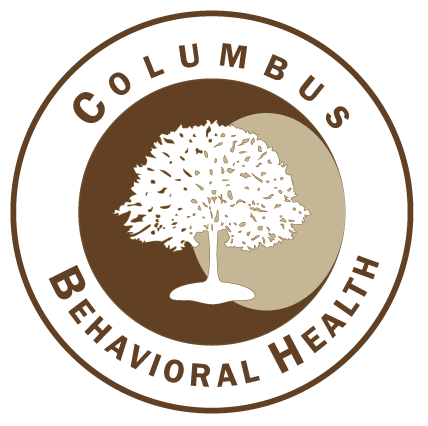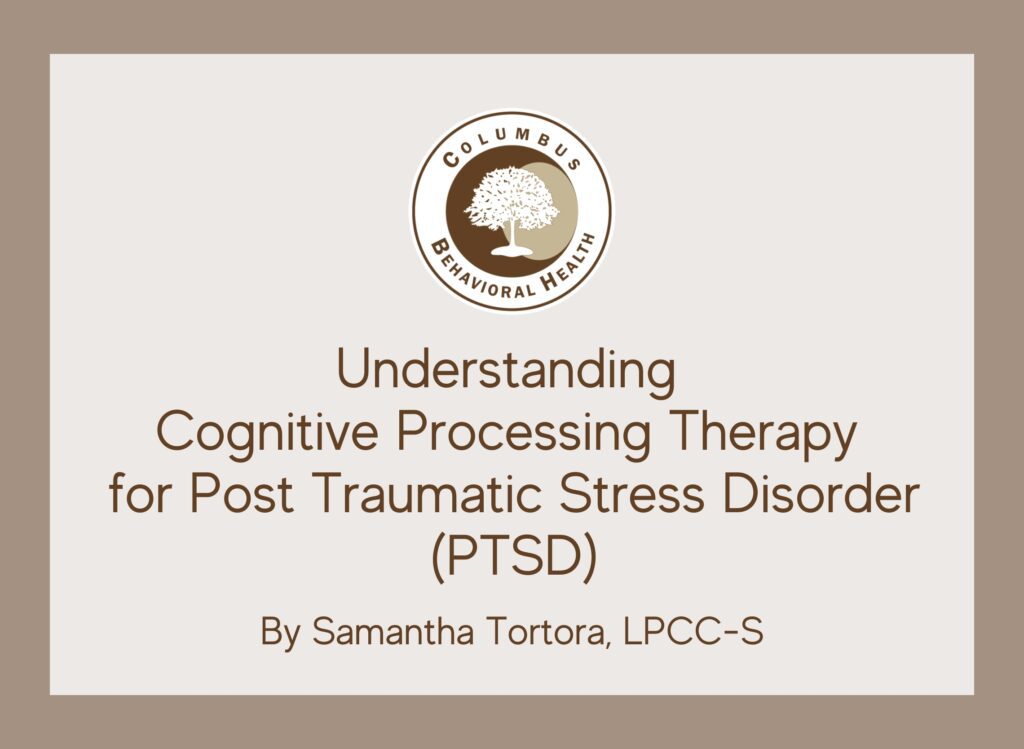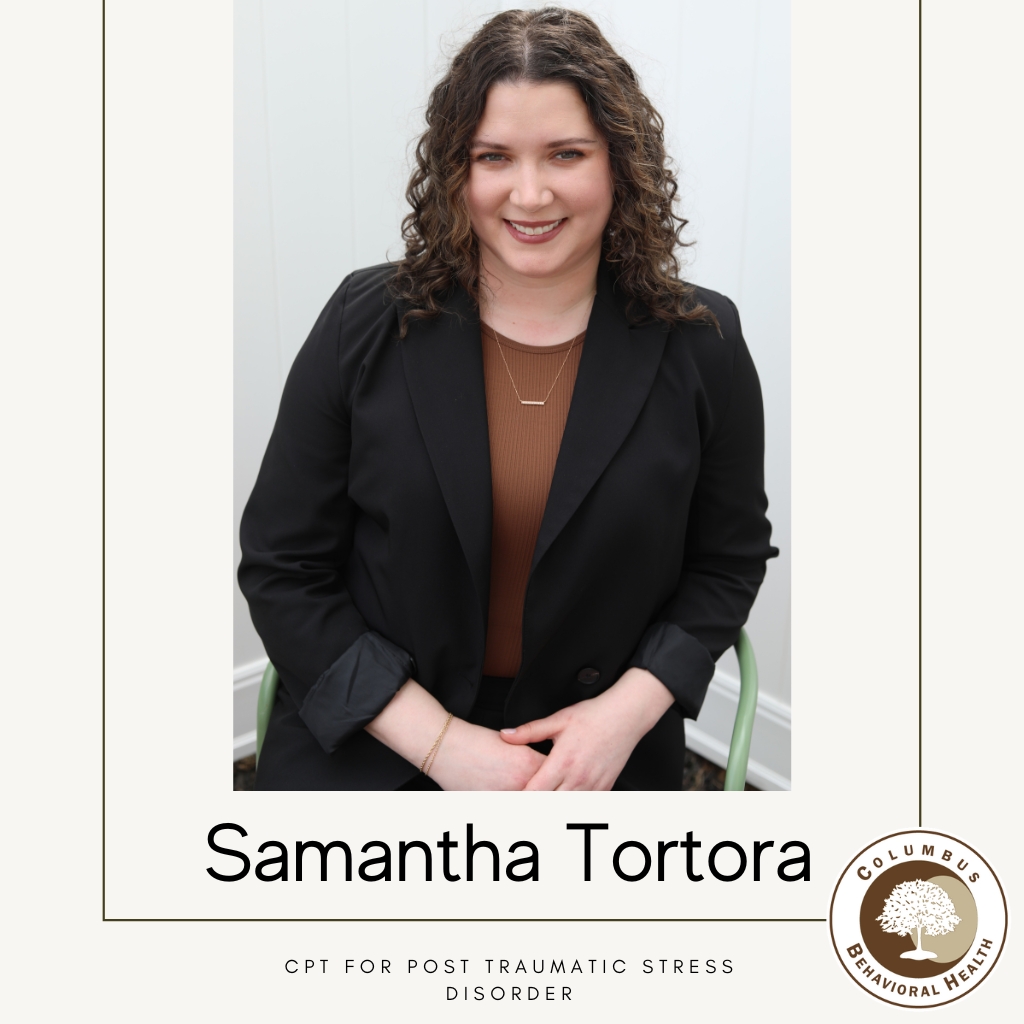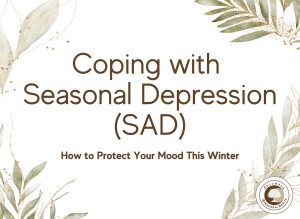Post-traumatic Stress Disorder (PTSD) can be diagnosed after someone has experienced an event that threatened their life, caused serious injury and/or has experienced sexual violence. This can happen to someone directly or they can witness it happening directly to someone else. While people commonly assume PTSD mainly affects combat veterans, people of all backgrounds unfortunately experience things like abuse, accidents, natural disasters, and physical or sexual violence.
PTSD has 4 main categories of symptoms:
- Avoidance of people, places, things, and/or memories that remind someone of the event
- Re-experiencing – feeling as if the event is actually happening again through flashbacks or nightmares
- Negative changes in how you think and feel about yourself, others, or the world
- Arousal – feeling “on guard”, jumpy, or hyper-vigilant
There are several evidence-based treatments for PTSD. “Evidence-based” means a treatment has proven effective in reducing symptoms in several well-controlled and well-documented research trials. Some of the most proven treatments for PTSD are Prolonged Exposure (PE), Eye Movement Desensitization and Reprocessing (EMDR) and Cognitive Processing Therapy (CPT). These are first-line treatments recommended by the Department of Veterans Affairs and the American Psychological Association.
Many people believe if they try hard enough not to think about a traumatic event, it will go away and it won’t affect them any longer. Unfortunately, this avoidance only reinforces the symptoms and the power the event has over them. CPT (Cognitive Processing Therapy) is a 12-session protocol that helps clients understand how their avoidance and their beliefs about the traumatic event are actually keeping them “stuck” in their PTSD symptoms.
For example, someone who has experienced sexual violence may believe: “I should have known not to flirt with him”, “I am dirty” and “Men are dangerous”. These beliefs cause feelings of guilt and shame and lead to avoidance behaviors that maintain the PTSD. They may avoid dating and social situations and suffer mood changes and low self-esteem, or abuse alcohol or drugs to avoid the memories. CPT teaches tools for restructuring beliefs about a traumatic event to allow for more effective emotional outcomes. The new beliefs may sound something like “The person who harmed me is at fault” and “Some people can be trusted, and I have ways of keeping myself safe.”
Between-session homework assignments help cement the progress made in session and symptoms are tracked at every session to demonstrate progress being made. One of the best things about CPT is that it can be completed in about 3 months of weekly sessions, dispelling the myth that PTSD takes years of therapy to recover from. To hear one person’s journey through CPT, check out the This American Life podcast episode #682 Ten Sessions.
To learn more and be assessed for PTSD and your fit for CPT, you can schedule with me online here.






